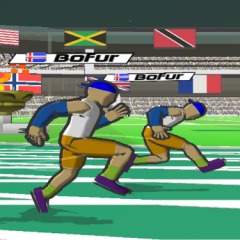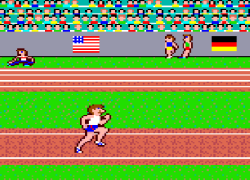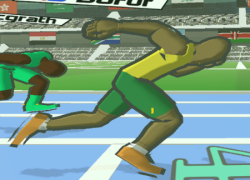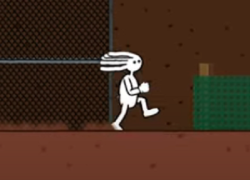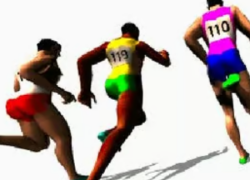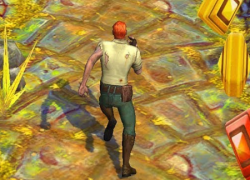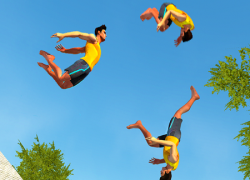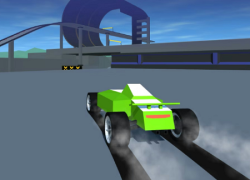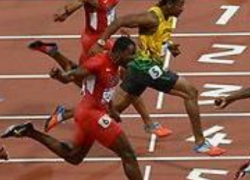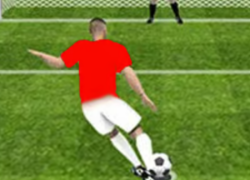Speed Stars 2 builds on the original with an expanded set of mechanics focused on depth and control. The player now has to manage more than just foot rhythm—elements like starting block reaction, wind resistance, and stamina output are layered into the core loop. Each sprint becomes a test of multitasking under pressure. The initial acceleration phase demands a quick response, while mid-race segments require consistent pace management. A misstep anywhere affects the final time, and every run becomes a breakdown of technique.
Race Types and Strategic Elements
The game introduces new race types including hurdles, medley relays, and custom challenges where players can adjust variables like slope, surface, and weather. Hurdles add a vertical timing mechanic that forces split-second decisions. Medleys shift between runners with different stats, requiring players to adapt rhythm and pacing mid-race. These added variables demand more than just fast tapping—they reward strategy and anticipation. Unlike in the first game, where success was mostly muscle memory, here it’s a mix of rhythm and foresight.
Character Stats and Loadouts
Each athlete in Speed Stars 2 comes with unique attributes like stride efficiency, launch speed, and stamina retention. Players can select a runner that matches their preferred playstyle, or train a custom athlete through performance-based upgrades. This stat system is subtle but meaningful—it doesn’t overpower skill, but it allows for experimentation. For those chasing top rankings, finding the right athlete for each race condition is part of the challenge. No single build dominates, and balance is tightly controlled.
Visual and Audio Feedback Systems
Speed Stars 2 refines its visual language with smoother animations and clearer feedback cues. Subtle visual indicators now show how well the stride rhythm aligns with the ideal timing. The audio system has also evolved: instead of just beeps and ticks, the player hears different surface impacts, wind shifts, and breathing patterns. These cues aren’t aesthetic—they function as real-time information. Learning to interpret them correctly can be the difference between a personal best and a failed run.
The competitive aspect of the game is now more structured, with seasonal events, ranked brackets, and rotating modifiers. Players can submit replays to compare strategies or study high-level runs. With each new sprint, there’s a risk-reward calculation—go safe and consistent, or push hard for a record-breaking time. Speed Stars 2 is built for replay. It’s less about unlocking content and more about continuous refinement.

